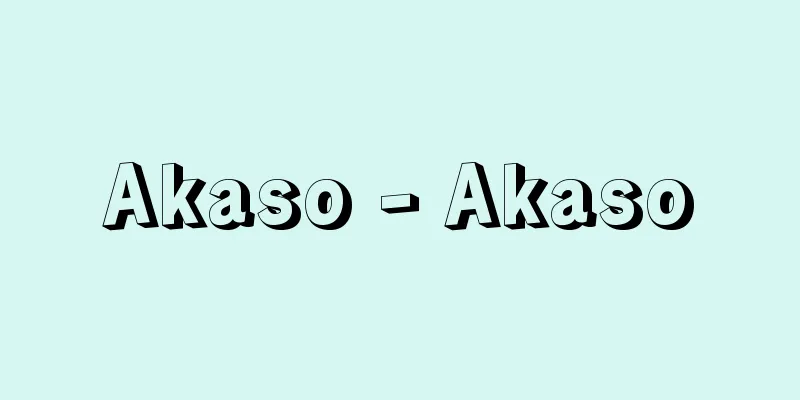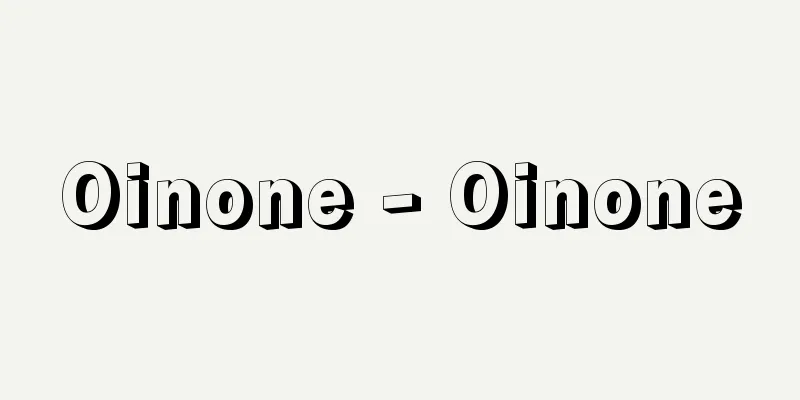Boys' club - Shounendan

|
It is an organization that develops and trains boys through various group activities. Inspired by the international expansion of the Boy Scout movement at the beginning of the 20th century, it was the general name given to various youth groups that were formed in various parts of Japan from the end of the Meiji period to the beginning of the Taisho period, up until the time of World War II. In other words, they were organizations for extracurricular educational activities for boys, including those in the middle and upper grades of elementary school, or those in the second and third years of high school and junior high school (ages 9 to 14 or 15). They were highly expected to provide an aspect of human education that could not be fully realized in school education, such as through group training and opportunities for social participation and community service, and were highly regarded by society. However, after the Sino-Japanese War, they were forced to lean more toward nationalism, and in 1941 (Showa 16), the year the Pacific War broke out, they were integrated into the Greater Japan Youth Association, which changed both their functions and roles (some youth groups were even dissolved). Many of the Boys' Scouts were supervised and guided by volunteers, but some, like the Red Cross Boys' Scouts, were organized on a school basis. In particular, the "School Boys' Scouts" that were formed after the Ministry of Education's "Instruction on Guidance of Extracurricular Activities" of 1932 (Showa 7) were a form of extracurricular guidance by teachers. Regular Boys' Scouts usually focused on physical recreational activities, but sometimes they also provided supplementary academic lessons and promoted creative activities. Many Boys' Scouts encouraged special volunteer activities, both individually and as a group, and their aims included, for example, auxiliary work for farm work and cleaning roads and shrines. In general, the significance of the existence of Youth Corps lies in the fact that they not only foster collaboration among students of different ages within local communities that transcend the boundaries of classes, grades, and even schools, but also help students to open their eyes to a more open world and integrate themselves in a healthy way through contact and collaboration with older people who act as volunteers rather than teachers. At the time, while "boys' corps" referred to groups only for boys, such as the Boy Scouts, there was no such thing as a "girls' corps," and mixed groups such as school boys' corps and Red Cross boys' corps were also called boys' corps. After World War II, the Japan Marine Boys' Club was established in 1951, and the Japan Boys' Sports Club in 1961. After the war, the number of groups using the name "children's association" also increased. The largest organizations are the local children's associations that are united in the "National Children's Association Federation." [Hideo Fujiwara and Takazane Uesugi] "Out-of-school education theory" by Tanaka Haruhiko (1988, Gakuyo Shobo)" ▽ "The history of the Youth Corps -- the Boy Scouts and the School Youth Corps before the war" by Uehira Yasuhiro, Tanaka Haruhiko, and Nakajima Jun (1996, Moebunsha)" ▽ "The Establishment and Development of the Youth Corps Movement -- From the British Boy Scouts to the School Youth Corps" by Tanaka Haruhiko (1999, Kyushu University Press)" [References] | | | | |Source: Shogakukan Encyclopedia Nipponica About Encyclopedia Nipponica Information | Legend |
|
集団的な諸活動を通して、少年たちを育成・訓練する団体をいう。20世紀の初め、ボーイスカウト運動の国際的展開に触発され、日本の各地に明治末から大正初期にかけて結成された各種の少年団体の、第二次世界大戦中までの一般的呼称である。つまり、小学校の中・高学年ないし高等小学校や中等学校の2、3年生までの年齢層(9~14、15歳)を含む少年たちの学校外教育活動のための団体であった。集団的な訓練や、社会参加・社会奉仕の機会提供などによって、学校教育では十分には実現できない人間教育の側面を担当する活動体として大きな期待をもたれ、社会的にも高く評価されていた。しかし、日中戦争後は、その性格を国家主義的なものへと傾斜させざるをえなくなり、太平洋戦争勃発(ぼっぱつ)の年1941年(昭和16)大日本青少年団への統合によって、機能も役割も変質することになった(少年団のなかには解体させられたものもあった)。 少年団の多くは、篤志家(ボランティア)たちによって後見もされ指導もされたが、赤十字少年団のように学校単位で組織されたものもあった。とくに、1932年(昭和7)の文部省の「校外生活指導に関する訓令」以後結成された「学校少年団」といわれたものは、教員たちによる校外指導の一形態をなすものであった。一般の少年団では、ごく普通には体育的なレクリエーション活動が主となっていたが、ときには学業の補習や創作活動の推進などが行われた。多くの少年団では、少年たち個々人としての、また団としての特別な奉仕活動が奨励され、たとえば農作業などについての補助的作業や、道路や神社の清掃といったことなどが、目的のなかに入っていた。 一般に少年団は、学級や学年や、さらには学校間の壁を越えた地域的なまとまりのなかで、異年齢者相互間の共働を導き出すだけでなく、教員とは異なるボランティアとしての年長者たちとの接触・共働を通して、より開かれた世界への開眼や自己編入を健全な方法で助ける、というところに存在意義があったといえる。 なお、当時「少年団」といえば、ボーイスカウトのように男児だけをさすものがある一方、「少女団」の呼称はなく、学校少年団や赤十字少年団などのように男女児混成のものも少年団の名でよばれた。第二次世界大戦後では、1951年(昭和26)日本海洋少年団、61年には日本スポーツ少年団が発足した。また、戦後「子ども会」の名称をとるものが増えた。最大の組織としては「全国子ども会連合会」に結集している地域子供会がある。 [藤原英夫・上杉孝實] 『田中治彦著『学校外教育論』(1988・学陽書房)』▽『上平泰博・田中治彦・中島純著『少年団の歴史――戦前のボーイスカウト・学校少年団』(1996・萌文社)』▽『田中治彦著『少年団運動の成立と展開――英国ボーイスカウトから学校少年団まで』(1999・九州大学出版会)』 [参照項目] | | | | |出典 小学館 日本大百科全書(ニッポニカ)日本大百科全書(ニッポニカ)について 情報 | 凡例 |
<<: The Boy's Magic Horn - The Boy's Magic Horn
Recommend
Alheil - Alheil
...A type of Nanban confectionery introduced in t...
Keicho Nikkenroku - Record of Keicho Period
The diary of the noble and Confucian scholar Funah...
"Le soulier de satin" (English spelling) Le soulier de satin
...His works, such as "Introduction to Dutch...
Wandervogel
Walking trip. Meaning "migratory bird" i...
Fisheye lens
〘Noun〙 (lens is lens) A type of photographic lens....
Fruit palm - Kashou
...The large fruits grow on an upright stem, maki...
Non-unilineal descent
… All theories of descent accept that descent is ...
Platanthera tipuloides (English spelling)
… [Ken Inoue]. … *Some of the terminology that me...
Wang Meng
A Chinese painter from the late Yuan Dynasty. He ...
Apollonios (of Rhodes)
A Greek scholar and poet of the 3rd century BC. Da...
Age - Dai
[1] 〘noun〙① The period during which one holds a po...
available energy
…It is the maximum mechanical work that can be ex...
Biwaki - Biwaki
Nanqu, late Yuan Dynasty, China. Scene 42. Writte...
al-Ḥakam II (English spelling)
... The culture of the Later Umayyad Dynasty was ...
Ear speculum
… [Endoscope structure] Different instruments are...









